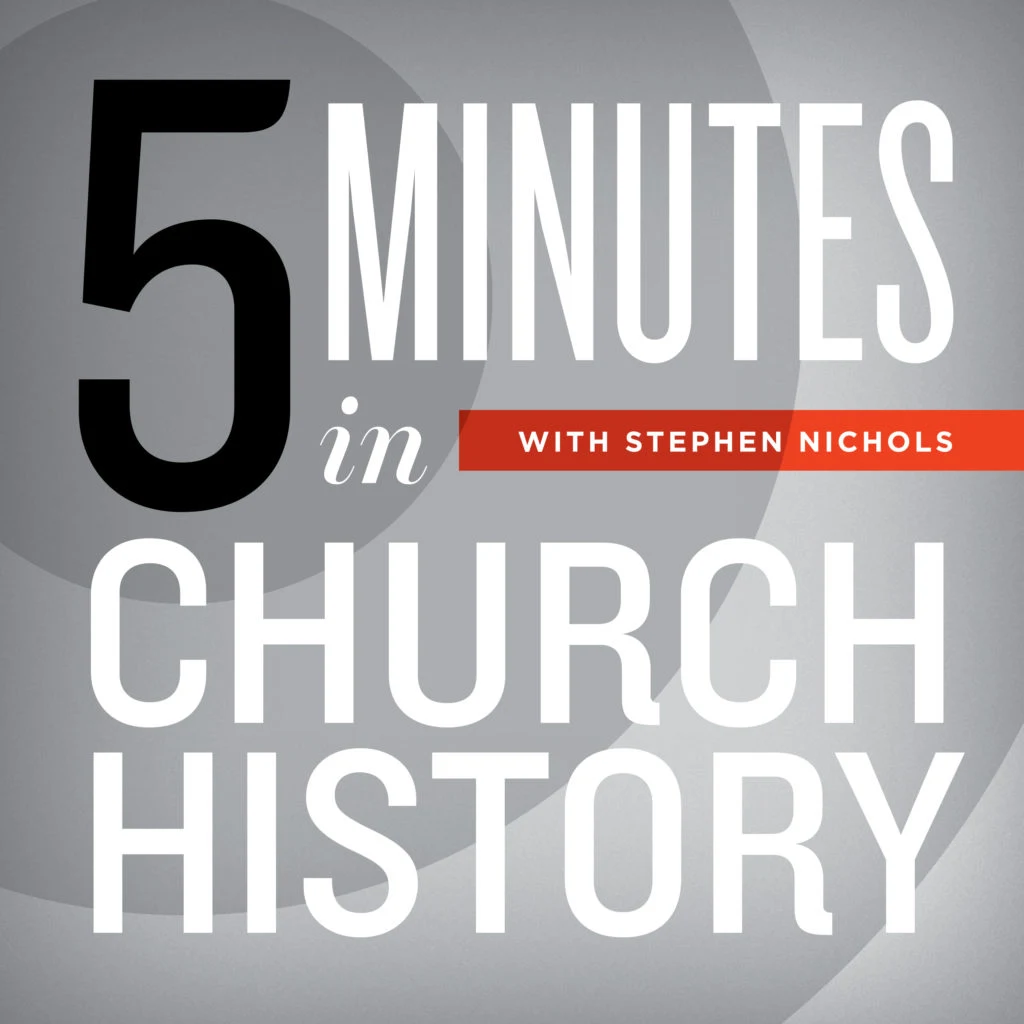Istanbul: The Hagia Sophia

Emperor Justinian transformed the city of Constantinople by commissioning a magnificent church: the Hagia Sophia. Today, Stephen Nichols explores five key moments in the church’s history.
Welcome back to another episode of 5 Minutes in Church History. On this episode, we are on location and we are in the modern city of Istanbul, but the ancient city of Constantinople. And we were going back to around 530, and right here in the center of the old city was the Hippodrome. It was a massive complex like Rome's Circus Maximus, and we would have the laps around the track and there'd be chariot races. Well, in 530 there was a massive riot that broke out there. It was called the Nika riots. Of course, Nika or Nike was the Greek god of victory. And these riots had to do with Justinian. He was overtaxing the people and they'd had enough. It was a horrible riot. Half of the city ended up getting destroyed. Tens of thousands of people lost their lives. It was just a sad, tragic moment here in history.
Out of that, Justinian decided he would rebuild this city and he would demonstrate his power. One of the things he built was the Hagia Sophia, a massive church. It would've been the biggest church at its time. On its place, of course, were temples before that. He built this church, it took him five years to build, from 532 to 537. There was one emperor, there were two architects, and there were tens of thousands of workers. And Justinian had ordered that material be brought from all over the empire to be built.
So, let's talk about five things about the Hagia Sophia. The first, I already mentioned to you, it took five years to build, and we love the number five here at 5 Minutes in Church History. Secondly, let's talk about the dome. The building was actually a square building with a dome put on top. And 30 years after its construction, there was an earthquake here in the city, and that dome collapsed.
Well, the nephew of the original architect designed a new dome, and in the intervening 30 years, some new materials were used for building and he built it of lighter material, but actually stronger, and so it was able to withstand earthquakes to come. So it was built in five years. We've got a rebuilt dome. The third thing is we've got the Constantine and Justinian mosaics. Now these are positioned so that as the emperor would come into the Hagia Sophia, and just like in Great Britain, the kings are coordinated inside Westminster Abby since 1066, so the emperors of Rome since Justinian built the Hagia Sophia, they too are coordinated here in the church. And as they made their way into the church for their coronation or for any service they attended, they would pass under the big mosaics of Constantine and Justinian. Constantine is pictured holding a city and presenting it as a gift to Christ, and Justinian is pictured holding the Hagia Sophia, and he is presenting it as a gift. So there it is, a reminder to emperors of these great emperors of Rome's past.
The fourth thing to mention is a date 1054. Something very important happened here in 1054. At that moment, a bishop was sent here by the Church of Rome. He walks into the church and he goes right up to the altar and he puts on that altar a document. That document was incredibly important. It represented the excommunication of the church in the east. Now, prior to this time, the church in the west, the church in the east, there's very much a division for centuries. They had different languages, different cultures, different approaches to theology. But the official formal split, what we call the Great Schism in church history, that separation came in 1054 when the church in the west excommunicated the church in the east. Of course, shortly thereafter, the church of the east reciprocated and excommunicated the western church. So we have the Roman Catholic Church in the west. We have the Eastern Orthodox Church in the east, or the Greek Orthodox Church.
For the next date, we got to go to the 1450s. And in that year, the Ottomans conquered the city from the Romans and they converted the church to a mosque. They removed all of the Christian symbols except two, and they probably didn't realize they were Christian symbols. It was the fish. And so we have five things about this great church, Hagia Sophia here in Constantinople or Istanbul.
So that's the Hagia Sophia. And I'm Steve Nichols, and thanks for listening to 5 Minutes in Church History.
Recent Episodes
A Little Church History of a Middle Colony: The First Great Awakening
December 17, 2025|American Church History
A Little Church History of a Middle Colony: Early Influences
December 10, 2025|American Church History
Gunpowder and a Proclamation
December 3, 2025|Geographical Perspectives
Thanksgiving in Church History
November 26, 2025|American Church History
3 Sermons on the Hallelujah Chorus
November 19, 2025|General Church History
Charles Jennens’ Libretto
November 12, 2025|General Church History
